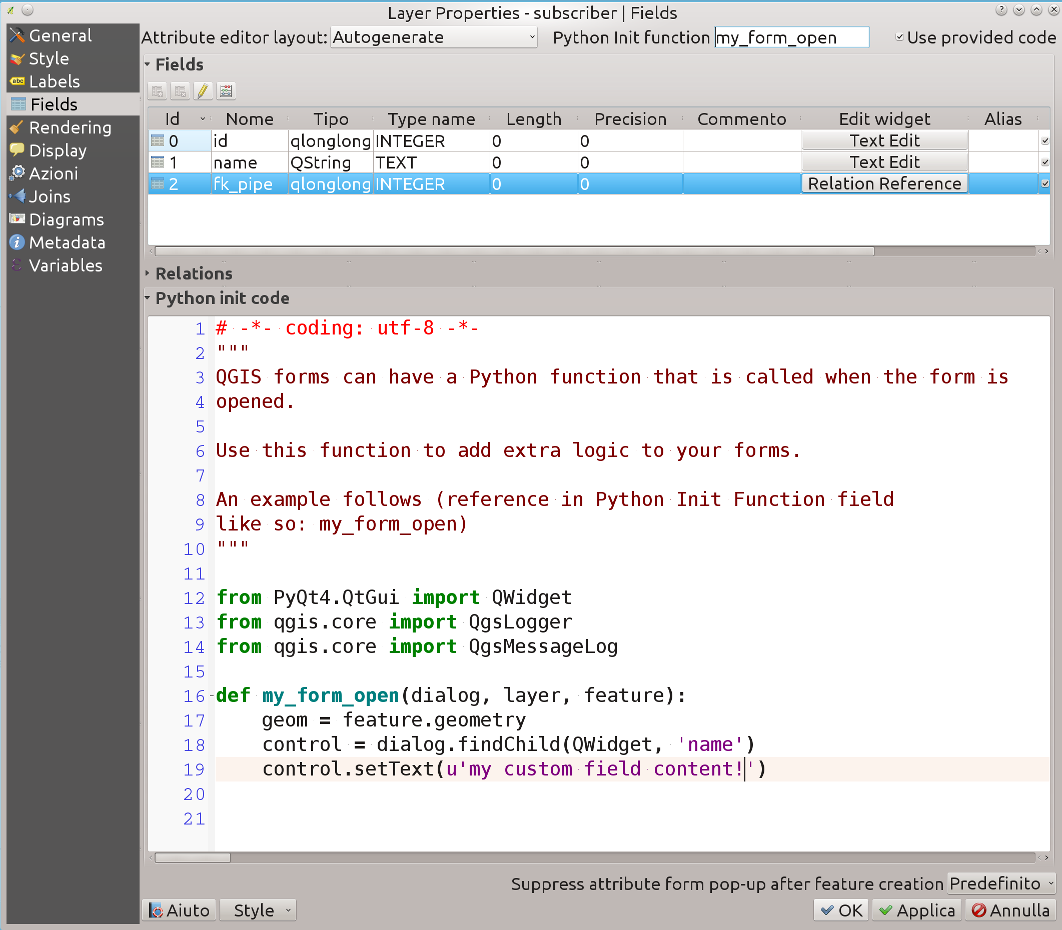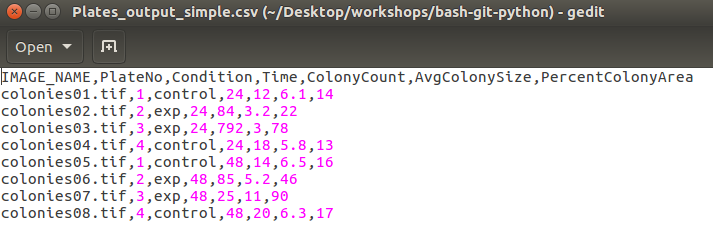

PYTHON TXT WRITE DELIMITER HOW TO
The following example shows how to write UTF-8 characters to a text file: To open a file and write UTF-8 characters to a file, you need to pass the encoding='utf-8' parameter to the open() function.
PYTHON TXT WRITE DELIMITER CODE
If you write UTF-8 characters to a text file using the code from the previous examples, you’ll get an error like this: UnicodeEncodeError: 'charmap' codec can't encode characters in position 0-44: character maps to Code language: HTML, XML ( xml ) The following example appends new lines to the readme.txt file: more_lines = į.write( '\n'.join(more_lines)) Code language: JavaScript ( javascript ) To append to a text file, you need to open the text file for appending mode. If you treat each element of the list as a line, you need to concatenate it with the newline character like this: lines = į.write( '\n'.join(lines)) Code language: JavaScript ( javascript ) Appending text files The following shows how to write a list of text strings to a text file: lines = į.writelines(lines) Code language: JavaScript ( javascript ) If the readme.txt file doesn’t exist, the open() function will create a new file. The following example shows how to use the write() function to write a list of texts to a text file: lines = į.write( '\n') Code language: JavaScript ( javascript ) To write a line to a text file, you need to manually add a new line character: f.write( '\n')į.writelines( '\n') Code language: JavaScript ( javascript ) Writing text file examples The writelines() method accepts an iterable object, not just a list, so you can pass a tuple of strings, a set of strings, etc., to the writelines() method.

Open a text file for updating (both reading & writing). If the file exists, the function append contents at the end of the file. If the file doesn’t exist, the function creates a new file. If the file exists, the function will truncate all the contents as soon as you open it.

The file parameter specifies the path to the text file that you want to open for writing.

The open() function accepts many parameters. The following shows the basic syntax of the open() function: f = open(file, mode) Third, close the file using the close() method.Second, write to the text file using the write() or writelines() method.First, open the text file for writing (or append) using the open() function.To write to a text file in Python, you follow these steps: The following illustrates how to write a string to a text file: with open( 'readme.txt', 'w') as f:į.write( 'readme') Code language: JavaScript ( javascript ) Steps for writing to text files Summary: in this tutorial, you’ll learn various ways to write text files in Python.


 0 kommentar(er)
0 kommentar(er)
